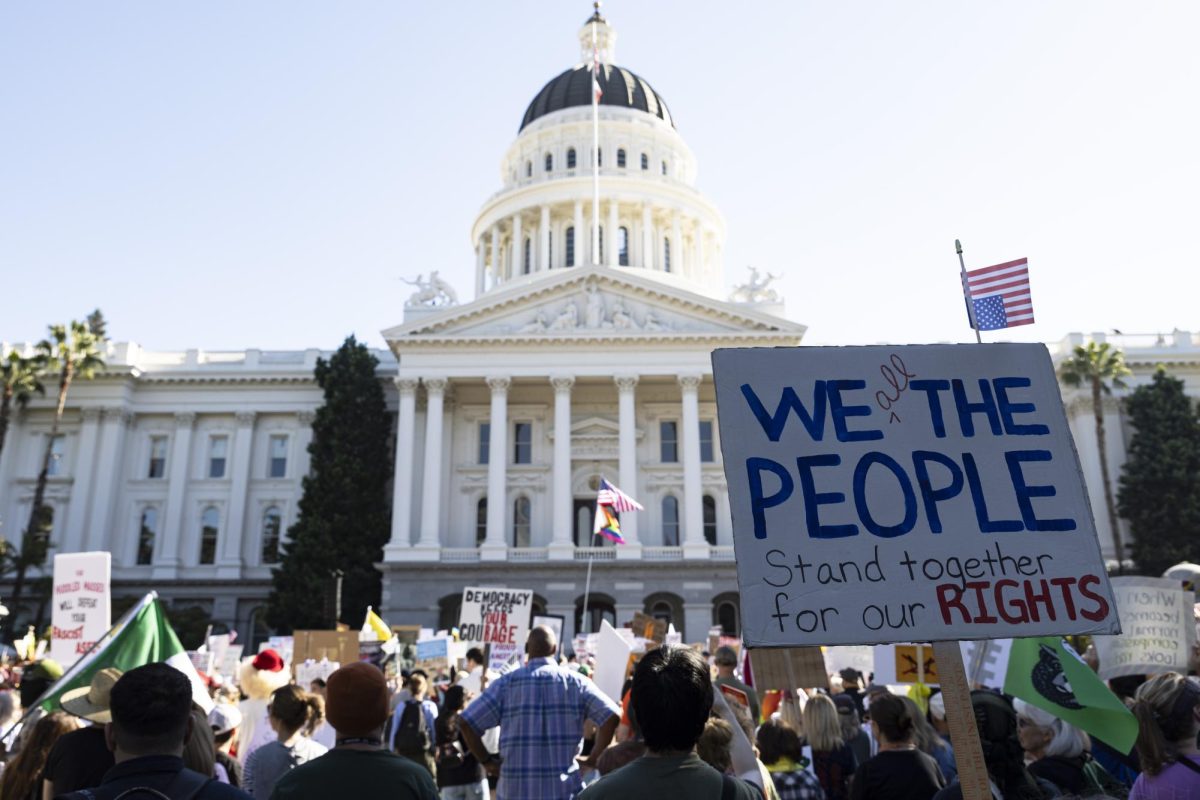Family sitcoms: Staples of modern life
October 15, 2003
Everybody loves family. It’s not hard to see that today with thesuccess of shows like “Everybody Loves Raymond,” “The King of Queens,” and “TheBernie Mac Show.” But while this notion may seem new to some, it hasn’t beenlong since the last wave of family shows reigned on the boob tube.
But let’s step further back. 50 years ago in America, Theodore “Beaver” Cleaverand his family were all the rage. The 60s were kind to him and “The Dick VanDyke Show,” which segued into the 70s with Norman Lear’s “All in the Family” and”The Jeffersons.” “The Cosby Show” and “Family Ties” ruled the 80s, which bringsus to the last decade, the 90s.
These shows are brilliant, if dysfunctional. “The Simpsons” is obviouslystrange. The ostensibly normal African American family in “Family Matters” wasplagued by Steve Urkel. With three men and three little ladies “Full House,” wasan odd “Brady Bunch” take-off.
The last big blip on the family radar of television was “Home Improvement,”which featured an archetypal man heavily into the masculine activities of automechanics and belching while having a wife, three sons and an almost facelessneighbor to contend with at home. In the mid 90s, Tim Allen’s creation becameAmerica’s last #1 family sitcom, yielding to the incoming singles sitcoms.”Seinfeld” addressed the anti-banal parts of everyday life that most peoplenever pondered about aloud and attacked the otherwise, while “Friends” appearedto be representative of the single life of the new times. In spite of theirsetups, they shot through the roof and strongly influenced entertainment for theremainder of the decade. Rip-offs and take-offs sprang up all the time, butnever stayed in the spotlight long enough to matter. A critical eye in tune withthe changing times would see “Seinfeld” and “Friends” as being highly pertinentand intelligent but their days were still numbered due to lack of a portrayal ofthe human condition.
The cast of “Seinfeld,” through all their hilarity, were really a foursome ofprotagonists that accomplished the kind of ridiculous things a humbler personwould avoid spending any time thinking of. Each of the “Friends” representedsocial archetypes that would set off any viewer between repeated exposure or thefact that, say, the character of Phoebe Buffay hit too close to home as far as”the lights are on, but nobody’s home” types.
With Americans spending so much time in front of the TV, it’s no surprise thatwe have become a bunch of voyeurs in search of the next provocative piece oftrash.
With the “Friends” sleeping with each other (though thankfully, Ross and Monicanever did), TV hit America upside its head with the CBS program, “Survivor.” Taking awilling crew of apparently everyday folk and putting them under a microscope inthe wild, producers hooked audiences everywhere on reality shows, television’seasily available version of crack.
Why go in search of higher meaning when a flip of the remote control can bringup various groups of fellow human beings whose doctored ventures can make usfeel better about our apparently dull and pathetic lives?
Starting small in 1996, Ray Romano broke through the more freethinkingentertainments with his spiel. His show was modeled after his own life: a simpleman with parents and a brother living literally too close to his own wife andkids: imaginable hilarity ensues.
Seven years later, “Raymond” went up against “Curb Your Enthusiasm,” “Friends,””Sex and the City” and “Will & Grace” for the 2003 Emmy for OutstandingComedy. One from a creator of “Seinfeld,” two were about promiscuous pals, andone about a straight woman and gay man who are best friends. Four shows, allwith a finger on the pulse of a new millennium, lost to an Italian-Americanfather with a nasally voice and his overbearing family.
The show also ranks in the top 20 Nielsen ratings on a consistent basis as CBS’ banner show.
The moral of this story is, some things never change. Sure, we live in a societywhere marriage statistics suggest one out of two marriages fail and anincreasing agreement in the population that gay and straight can live inharmony.
But through the ins and outs of commited single relationships and oddballconversational comedy, Americans still turn to their favorite TV family whenthey need a laugh.
Does everybody still love Noeh or have ratings dropped? Respond at [email protected].























































































































